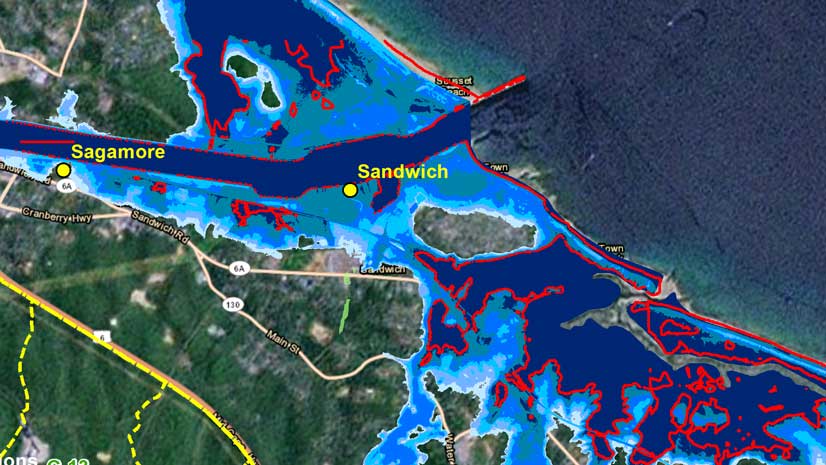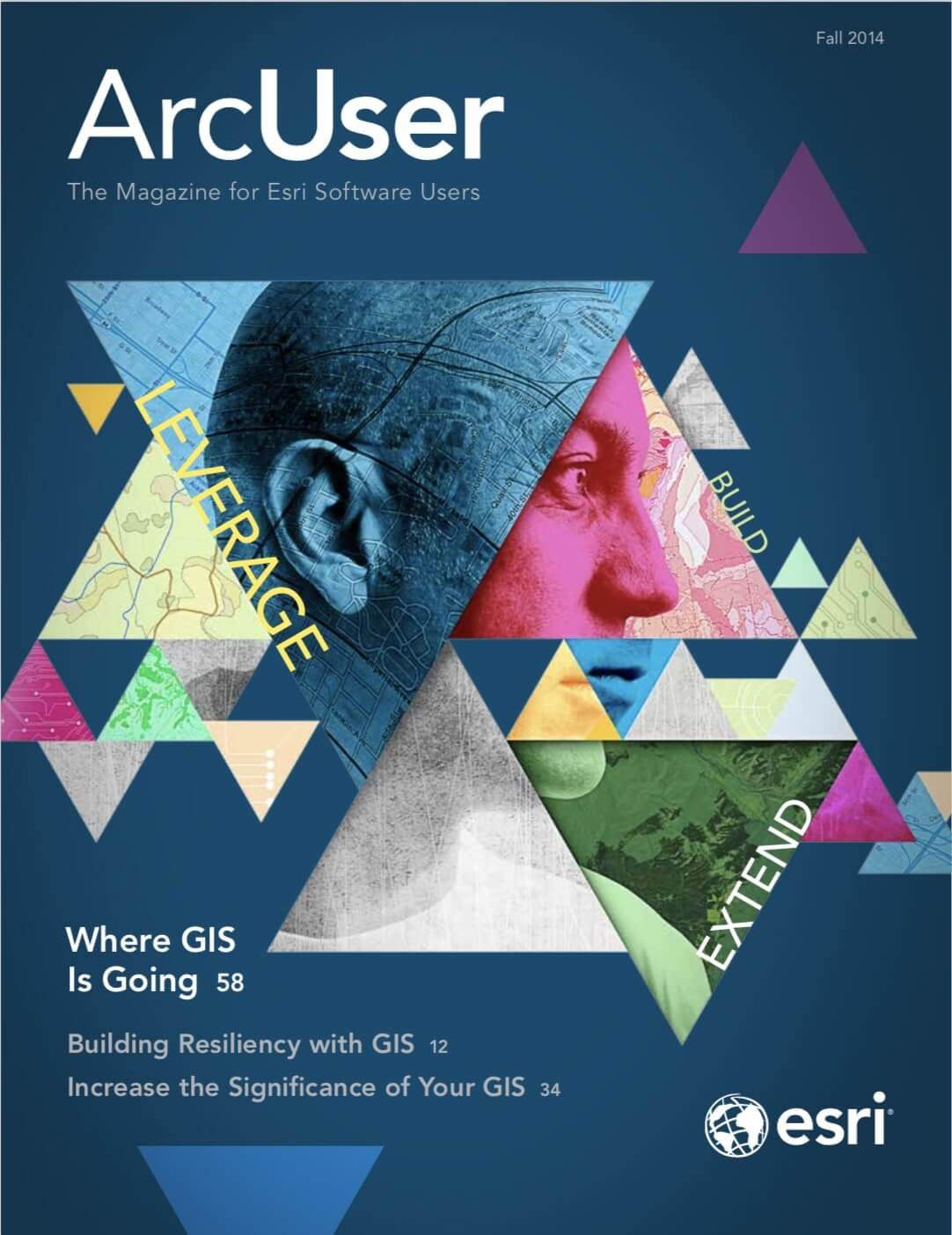Fix four common problems with open data using ArcGIS Online
Organizations create and manage a vast amount of data. Many of these organizations, such as government agencies, desire or are required to share certain data with the public. When this data is freely available for people to obtain, use, and redistribute, it is called open data.
Open data is important for maintaining transparency, fostering innovation, and ensuring data integrity. But just being “open” often isn’t enough—open data also needs to be useful data. Open data is most useful when it is discoverable, accessible, explorable, and collaborative. If your data lacks these characteristics, you can use ArcGIS Online to make it more useful.
1 Make Your Data Discoverable
To be useful, people must first be able to find your open data. Open data made available through ArcGIS Online is easily discovered by the public. Not only does ArcGIS Online provide a web interface where people can search for the data they are interested in, it also allows them to discover data through a general web search or by getting recommendations or notifications of new and relevant data.
2 Make Your Data Accessible
People must be able to access your open data to freely reuse and integrate it into their own tools and applications. ArcGIS Online can automatically make your data available in common formats for anyone to use. Data can be made available as APIs, web services, and common file formats that (ideally) conform to open industry standards. The Esri shapefile (SHP) is an open data format and industry standard. Additional open standards for geospatial data, such as KML, are managed by the Open Geospatial Consortium, Inc. Comma-separated value (CSV) is a widely used data format for storing tabular data that is commonly used for sharing geospatial data.
3 Make Your Data Explorable
If people can’t filter, visualize, and analyze your open data, as well as combine it with other datasets, they won’t be able to use it to answer questions and make discoveries. Open data enhancements in ArcGIS Online are integrated into the ArcGIS platform, which allows people to combine open data with other datasets in ArcGIS Online or to bring the data into ArcGIS for Desktop for advanced geospatial analysis. By adhering to the open standards, additional analysis can be performed on the data in other programs such as spreadsheet or statistics packages.
4 Make Your Data Support Collaboration
For your open data to be truly useful, people must be able to share the results of their exploration and analysis with the public and back to the data provider. The whole point of open data is to make it broadly available so more people have access to it, derive real value from it, and share it back with the community. ArcGIS Online includes capabilities that enable the sharing and disseminating of open data via web and mobile applications. This opens up the results for feedback and improvements that lead to further exploration and analysis, helping organizations and their data to become an important part of the growing open data community.
Conclusion
Open data is not necessarily useful data. Use ArcGIS Online to make data truly useful by making it discoverable, accessible, explorable, and collaborative. An ArcGIS Online subscription also provides access to ArcGIS Open Data, which simplifies the process of making open data available. Build an Open Data website and customize its look and feel in just minutes. Specify which particular items will be shared as open data. The public can use the site to search by topic or location, download data in multiple formats, and view data on an interactive map or table. If you don’t have an ArcGIS Online subscription, sign up for a free 30-day trial and see how easy it is to share your organization’s open data.

